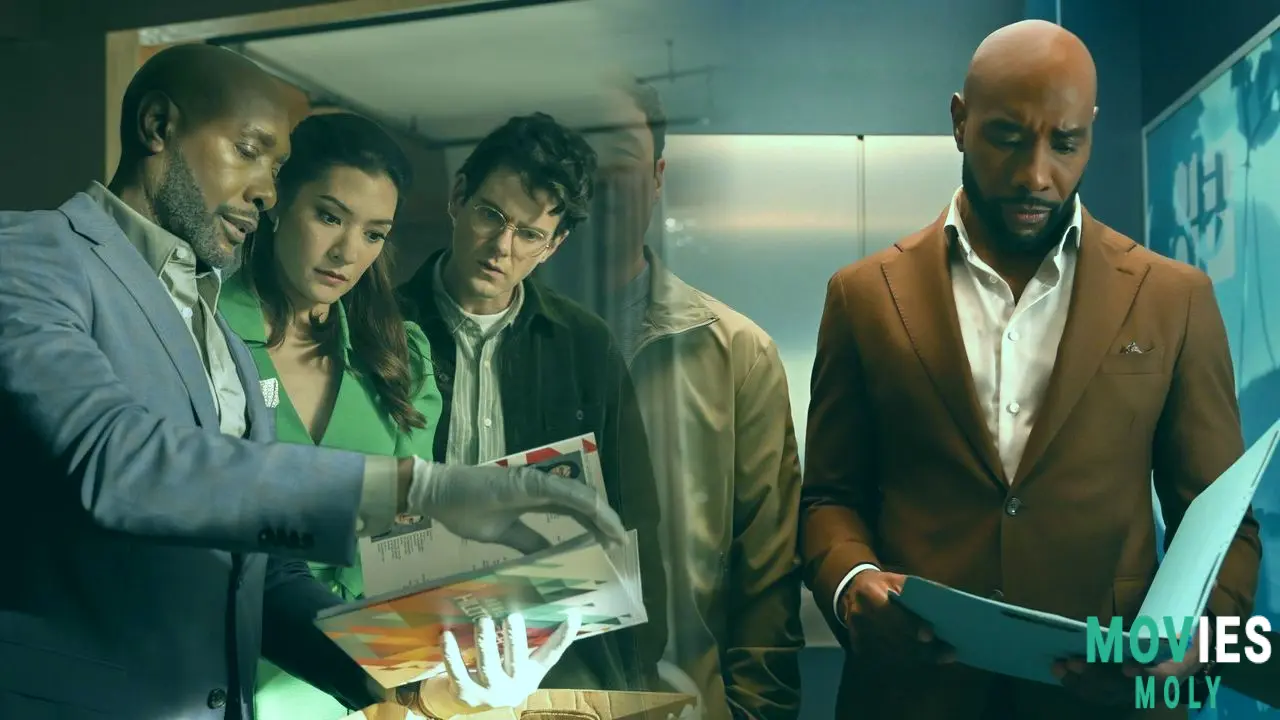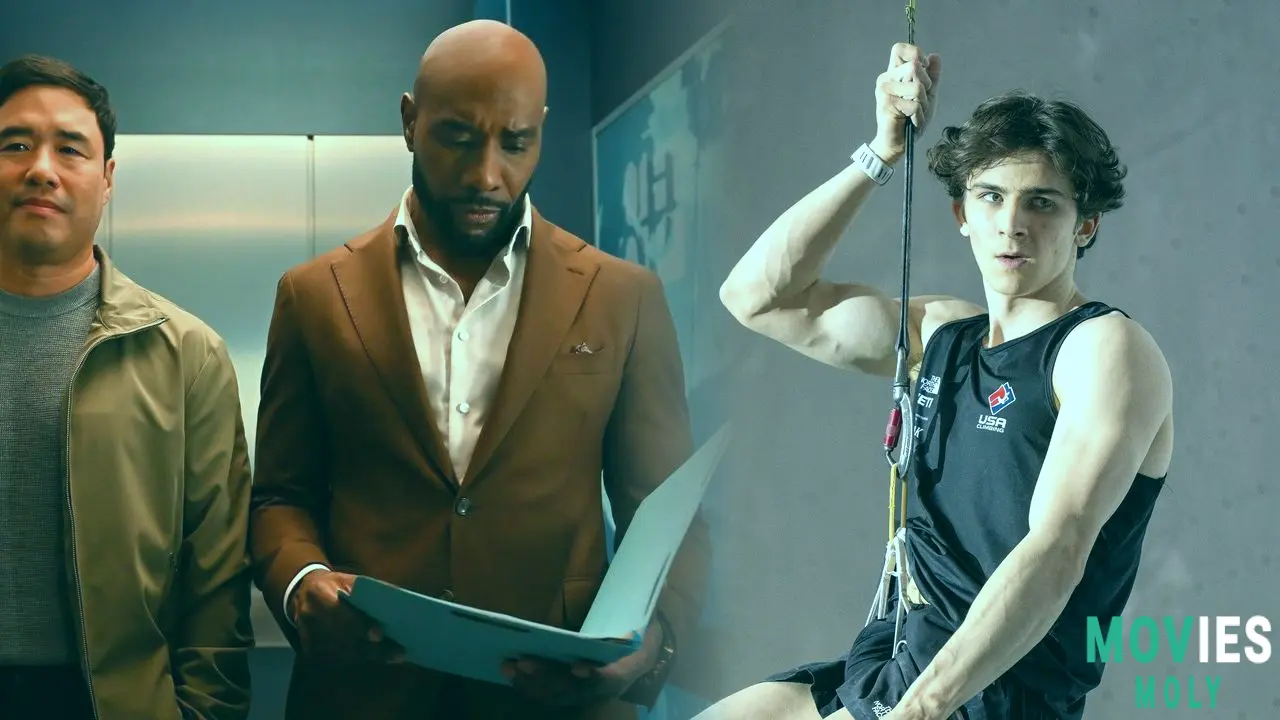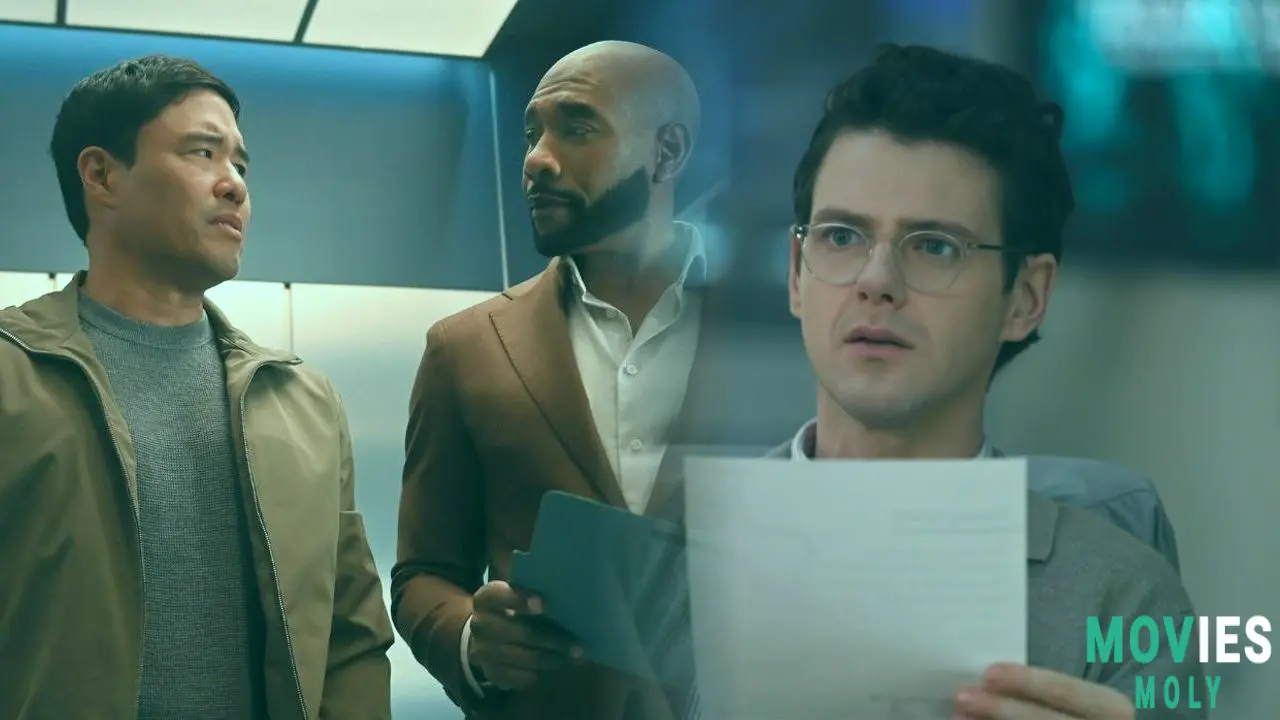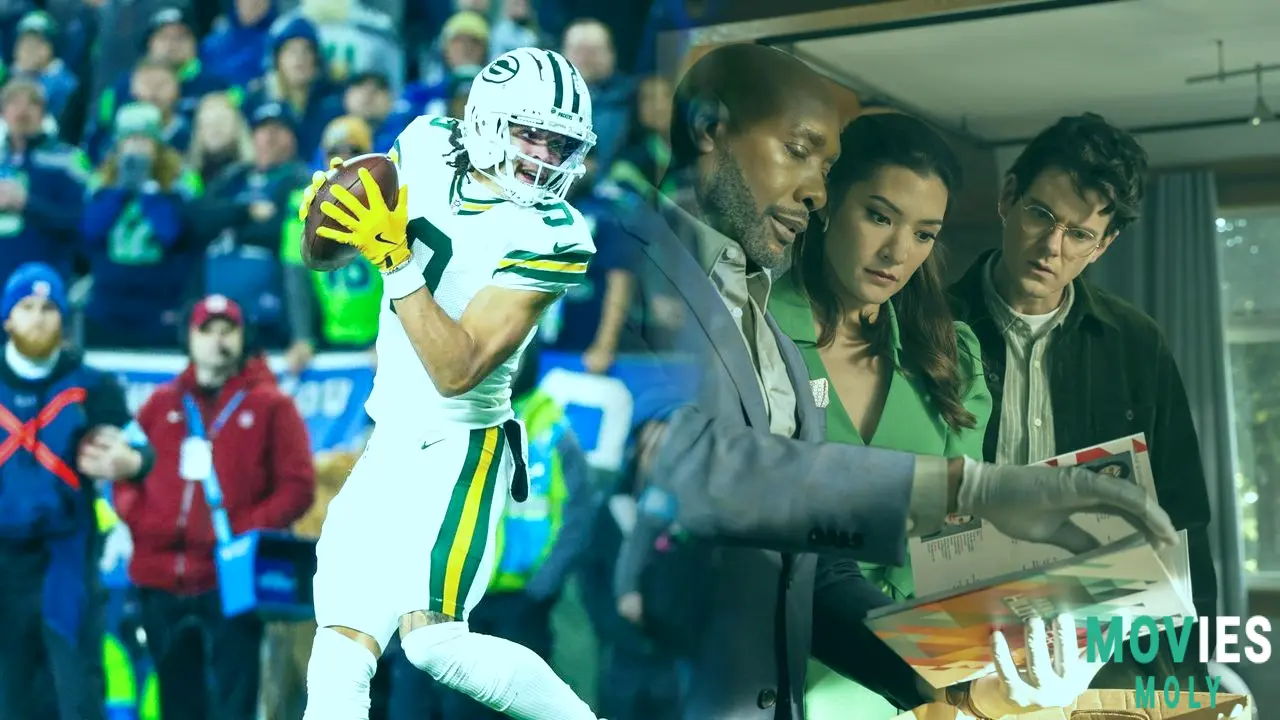By channeling the emotional intensity of Jurassic Park’s life-or-death sequences and the clever myth-bending flair of Marvel’s best TV shows, CBS's Watson pulls off a genre-defying, two-part season finale that cements the series as one of network TV’s most inventive procedural dramas.
This isn’t your grandfather’s Sherlock Holmes universe. Six months after the iconic detective’s death at the hands of Moriarty, Morris Chestnut’s Dr. John Watson steps out of the shadow of the legend and into a world that blends cutting-edge medicine, criminal detective work, and a century-old rivalry into something entirely new. With the upcoming double-episode climax to Season 1, “Your Life’s Work, Part 1 & 2,” CBS and Paramount+ are giving fans a finale that’s equal parts emotional character study and sci-fi thriller.
The Finale That Needed Two Parts To Do Justice To Its Ambitious StorylinesShowrunner Craig Sweeny—who brings experience from Elementary and Medium to the table—knows what he’s doing when it comes to balancing network constraints with narrative ambition. And he doesn’t hold back in the final two episodes of Watson’s first season. Sweeny calls the finale “a massive two-part spectacle” — and that’s not hyperbole.
“Of all the two-parters I’ve done, none demands two parts more than this one,” Sweeny told ScreenRant. The case at the center of the finale doesn’t just escalate Moriarty’s medical assault on the team—it explodes it into full view. What began as a clinical investigation into a rare virus mutates into a personal attack against Watson’s crew, turning doctors into patients and allies into ticking time bombs.
It’s a procedural case that breaks the mold. Not only does it resolve key threads about Moriarty’s manipulation of the clinic’s research, but it does so in a way that’s “scientifically accurate but also very scary,” according to Sweeny. Think Jurassic Park meets Elementary—where the science is real enough to be plausible, but twisted just enough to become weaponized.
One Twin’s Fate Could Change Everything For The Show’s Infection-Driven Plot

For fans of the show’s most daring performance, Peter Mark Kendall, the stakes couldn’t be higher. Playing not one, but two roles as twin doctors Adams and Stephens Croft, Kendall finds himself at the center of a biological gambit that may only let one of his characters survive. And the show isn’t making it easy to guess which one.
In a twist only Moriarty could engineer, the villain creates a virus targeted specifically at Adams—using DNA from Watson’s own lab. The cruel irony? Stephens’ identical genetics mean he becomes infected too. What was supposed to be a rescue mission spirals into a desperate race for a cure, and there’s only enough antidote for one twin.
“It’s such a strange thing… to be in a show where you're both the patient and the doctor,” Kendall said. “We get to see vulnerability and heroism from people that we don't normally get to see that from.” The biological threat turns the team into a “fellowship” fighting not just for lives, but for the very relationships that have defined the season.
Moriarty’s Masterstroke Turns Emotional Bonds Into Dangerous Wildcards

If the virus wasn’t enough, Moriarty isn’t content to play the long game silently. In a chilling move straight out of a comic book villain’s playbook, he tampers with Lauren's lipstick—Ingrid unknowingly wears it before kissing Adam. The result? Another sinister plot weaponizes Watson’s team from the inside out. The clinical precision of the show’s medical mysteries collides with the emotional volatility of personal trust.
And Moriarty’s manipulation of Ingrid only deepens the psychological layers. Aware of what she did to her father, he uses it as leverage—and as a lens through which to judge her character. Is she evolving into another Holmes, or sliding into Moriarty’s own brand of cunning? The show teases this moral chess match until it’s impossible to tell who’s winning—or even playing by the same rules.
Watson Finally Steps Into His Own, Beyond The Shadow Of Holmes

What makes Watson truly shine isn’t just the high-stakes science or the Moriarty mind games—it’s the way it centers John Watson as more than just Sherlock Holmes’ sidekick. As Chestnut explains, this story is from Watson’s perspective, and he’s not just filling a void—he’s creating a new mythology.
“We’re part of the mythology, but the clinic and being a detective is not part of the mythology,” Chestnut said. And that’s the key. This isn’t about rehashing old stories; it’s about building new ones. Stories where medicine, logic, and human emotion collide in real time. Where a doctor's oath meets a detective's instinct. Where every relationship is tested—not just by crime, but by biology itself.
One Question Dominates The Finale: Who Will Survive To Tell The Tale?

With life-or-death stakes, fractured loyalties, and a villain who knows the team's every move, the finale asks the most primal of questions: Who makes it out alive? And just as importantly, who do they become in the aftermath?
Craig Sweeny doesn’t shy away from the uncertainty. “Who survives to tell the tale is an open question, and who’s still speaking to each other at the end of it all?” he asks. It’s a bold way to close a season—one that trusts its audience not just to follow the twists, but to care about what they mean.
For a show built on the legacy of stories that have defined detective fiction for over a century, Watson isn’t just keeping the legacy alive—it’s reinventing it. And with a finale this explosive, this emotional, and this smart, it’s clear that John Watson’s story is only just beginning.
Watson’s Season 1 finale, Your Life’s Work, Part 1 & 2, airs May 4 and May 11 at 9 p.m. ET on CBS and streams the next day on Paramount+.





